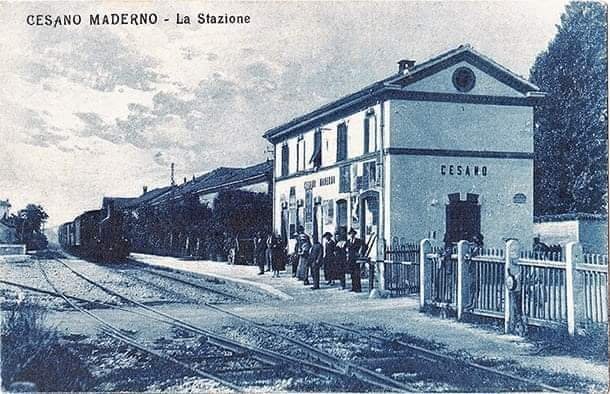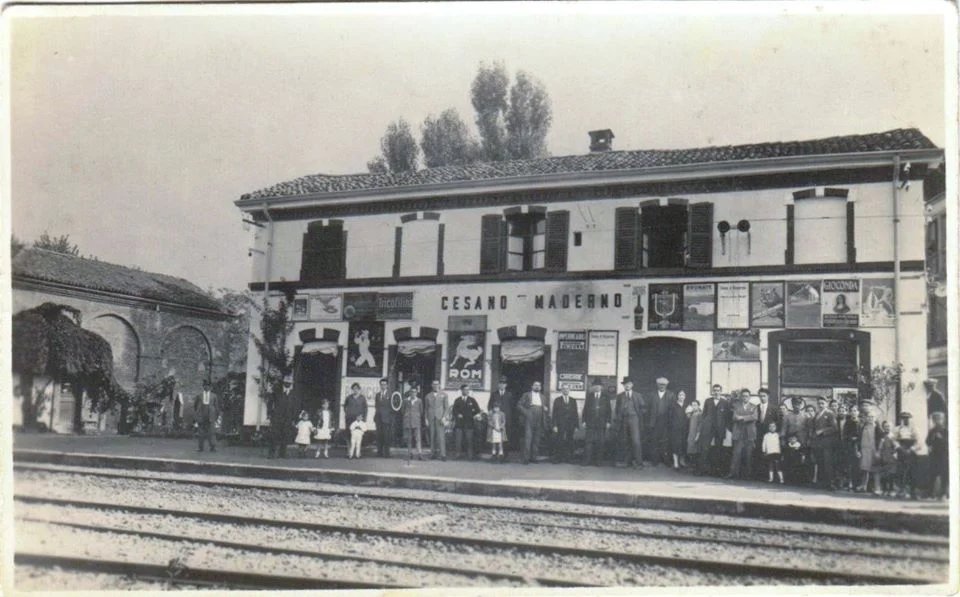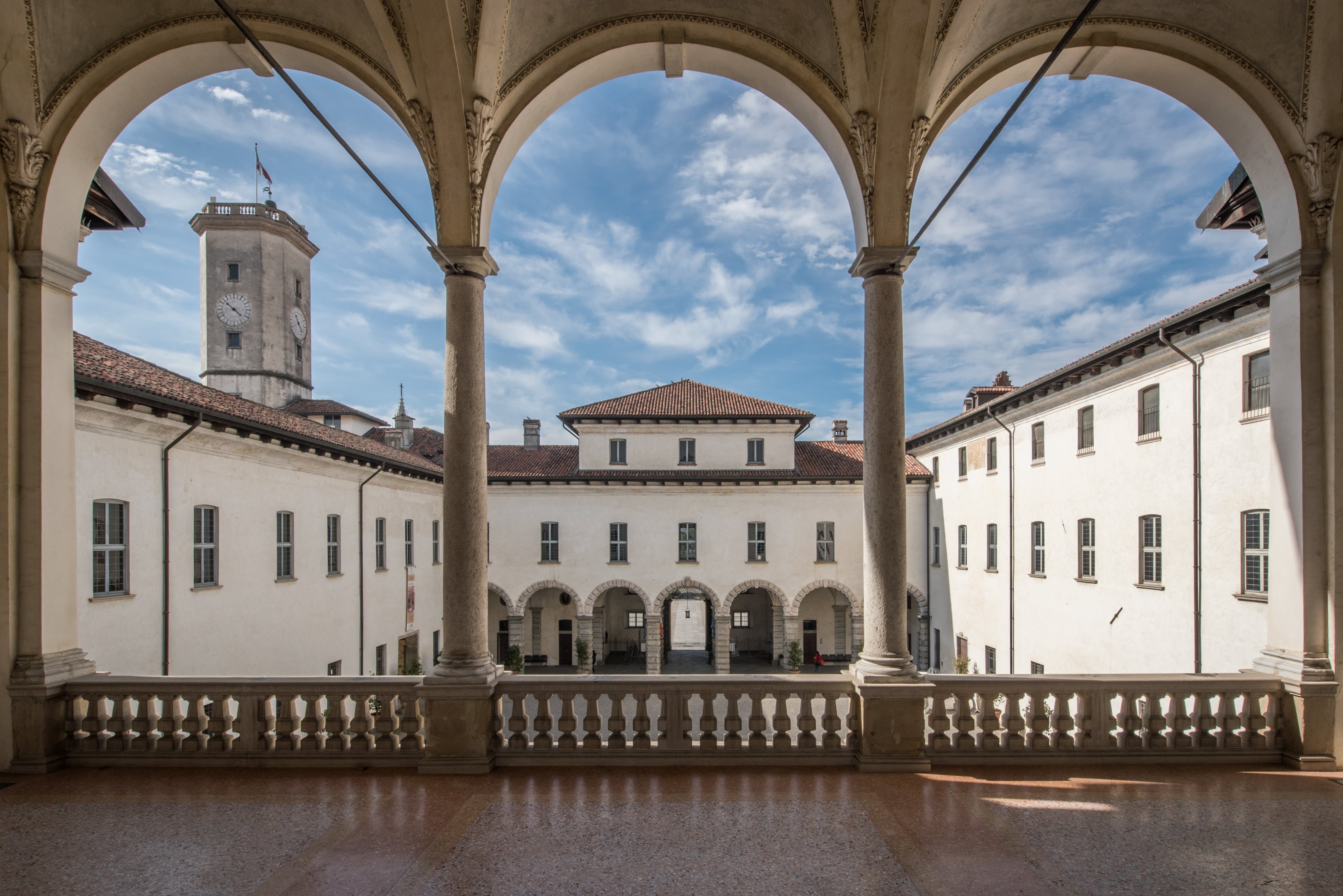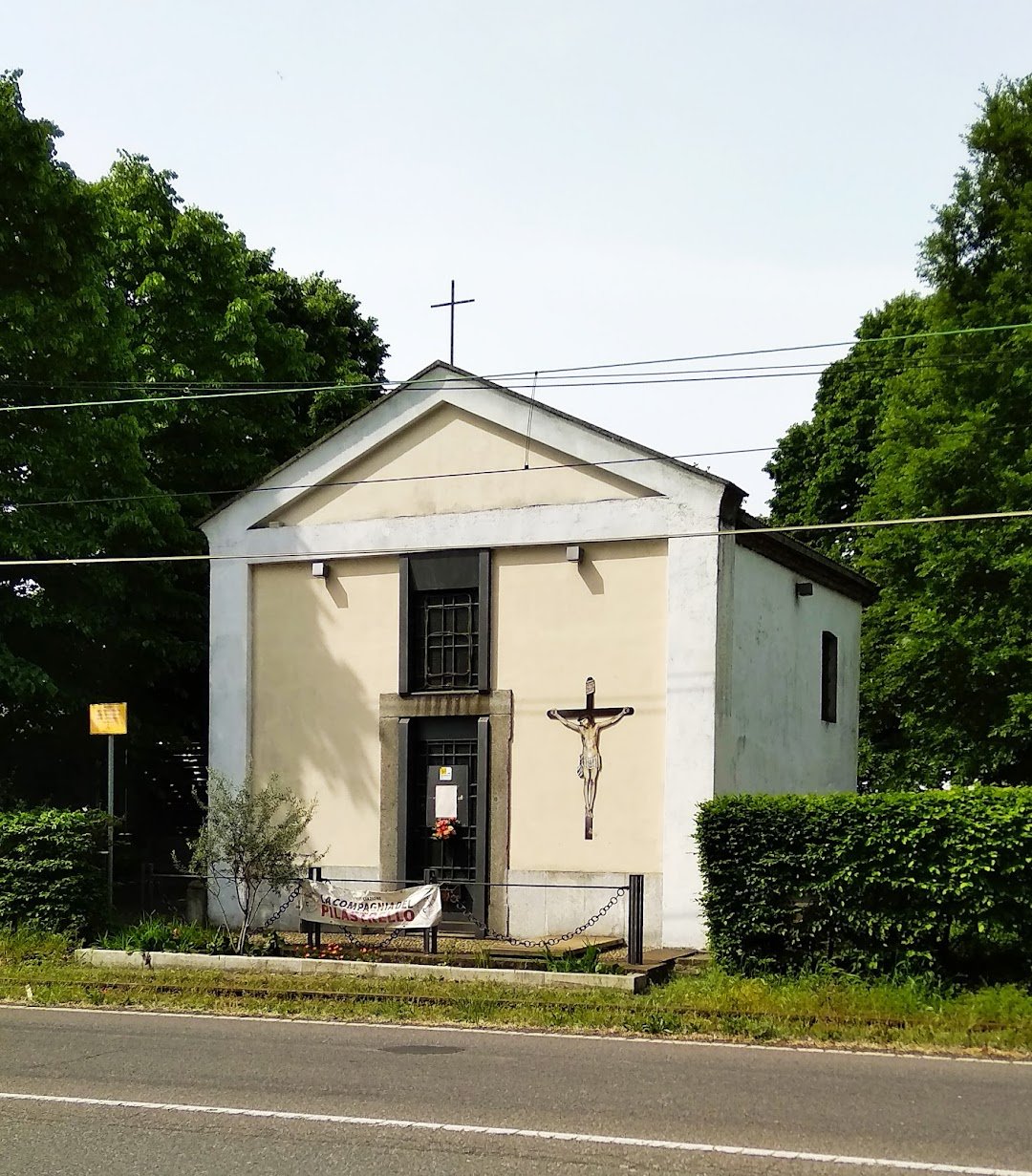Cesano Maderno


Cesano Maderno is a town in the province of Monza and Brianza, in Lombardy. It is situated in the hills of the Seveso valley, along the Via Nazionale dei Giovi and the Seveso and Certesa rivers. The town stands in the lower Brianza region, at the foot of the Brianza hills. To the west, on the hill, is the SNIA Village.
Most of the area is urbanised, with the exception of the Parco Borromeo and a large part of the hill, where there is a nature reserve.
Gallery

At Cesano, waiting for the train 
Say cheese! (late 1920s) 
The station’s new look on a postcard from the mid-1950s 
Palazzo Arese Borromeo (550 m from the station): built around the late 17th century at the behest of Count Bartolomeo Arese, then president of the Milan Senate, it is one of the finest stately homes in all of Lombardy. The white plaster façade is sober and restrained, with an ashlar gateway, surmounted by a splendid wrought iron balcony featuring a large design in the Baroque style. The entrance leads into the main courtyard, overlooked by a delicate overhead loggia in the Genoese style, with slender columns. The rooms of Palazzo Arese Borromeo house its many treasures. The reception rooms on the east side of the building are not to be missed, featuring splendid frescoes painted by masters of Milanese classicism including Ercole Procaccini and Stefano Montalto. In front of the Palazzo lies Piazza Esedra, also known as Piazza Del Teatro as it was used as a venue for plays. It is still in use today for cultural events of all kinds. On the other side of the Palazzo are large, beautiful Italian-style gardens, featuring long scenic avenues dotted with statues and fountains, where you can walk among nature. 
“It’s hard to say whether it evokes more pity or tenderness, this modest little church standing on the initial stretch of the Comasina road, just outside Milan, in Paderno Dugnano, continually besieged as it is by traffic and in state of isolation which is now anything but bucolic, evoking instead a sense of abandonment. And yet the Chapel of the Beata Vergine della Consolazione stands steadfast. A sign of hope, despite everything. Even for those who pass by unaware, even for those with no idea of its history or significance. Documented as early as the 13th century, this small sacred building seems to be inextricably linked to the Roman era road network, as its name of “Pilastrello” shows, referring to the buildings erected on the exact site of milestones, a common practice in the Milan area. The small church contains some interesting examples of art, and after years of neglect, a group of Paderno residents have now formed the “Compagnia del Pilastrello” group, with the aim of drawing due attention to this ancient municipally owned chapel. Reported in unexpected numbers as a “favourite place” in the last FAI survey, the church also has significant artistic value, and it still holds secrets that today are barely discernible, just waiting to be revealed” extract from www.chiesadimilano.it